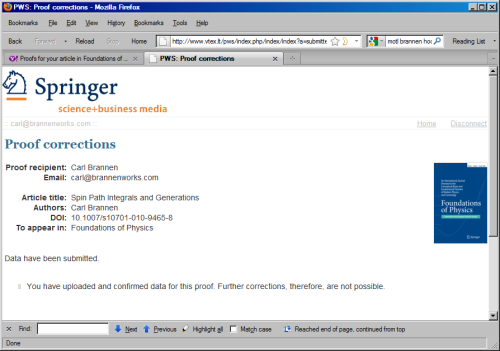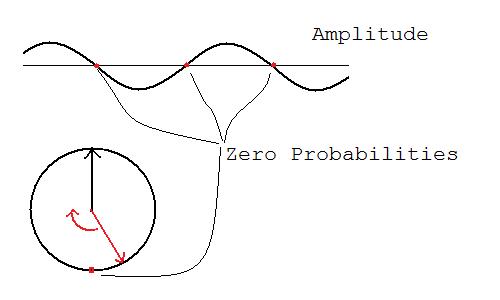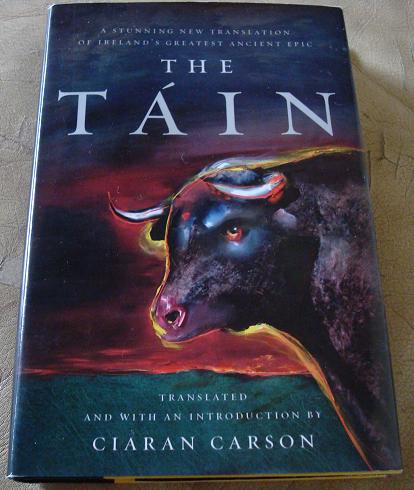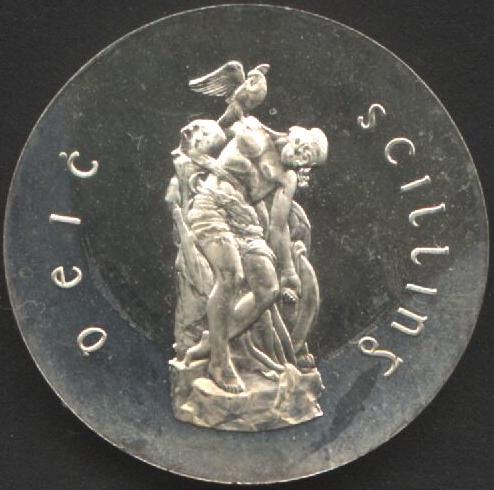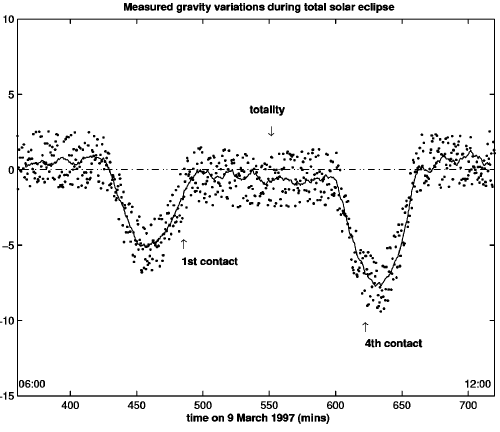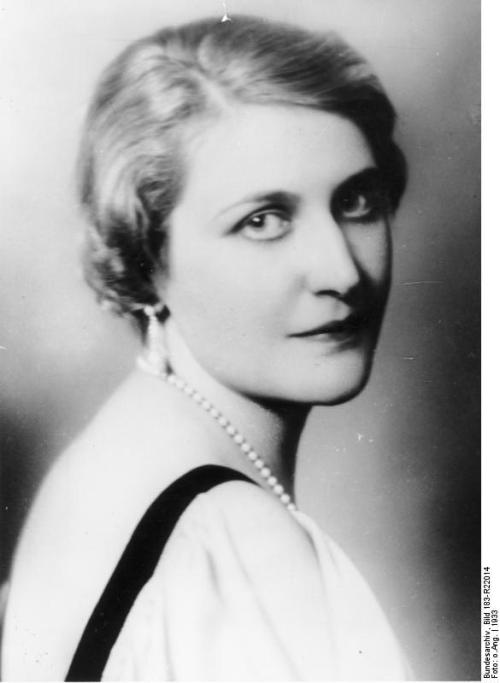For 20 years QCD has been unable to guess the structure of the most common stable hadron, the proton. This is exemplified in the “Proton Spin Puzzle.” A recent review article:
The proton spin puzzle: where are we today?
Steven D. Bass Invited Brief Review for Modern Physics Letters A, 17 pages
The proton spin puzzle has challenged our understanding of QCD for the last 20 years. New measurements of polarized glue, valence and sea quark polarization, including strange quark polarization, are available. What is new and exciting in the data, and what might this tell us about the structure of the proton ? The proton spin puzzle seems to be telling us about the interplay of valence quarks with the complex vacuum structure of QCD.
http://arxiv.org/abs/0905.4619
Mod.Phys.Lett.A24:1087-1101,2009
The conclusion ends with the following (my emphasis):
“The spin puzzle appears to be a property of the valence quarks. Given that SU(3) works well, within 20%, in beta decays and the corresponding axial-charges, then the difference between  and
and  suggests a finite subtraction in the g1 spin dispersion relation. If there is a finite subtraction constant, polarized high-energy processes are not measuring the full singlet axial-charge:
suggests a finite subtraction in the g1 spin dispersion relation. If there is a finite subtraction constant, polarized high-energy processes are not measuring the full singlet axial-charge:  and the partonic contribution
and the partonic contribution  can be different. Since the topological subtraction constant term affects just the first moment of g1 and not the higher moments it behaves like polarization at zero energy and zero momentum. The proton spin puzzle seems to be telling us about the interplay of valence quarks with the complex vacuum structure of QCD.”
can be different. Since the topological subtraction constant term affects just the first moment of g1 and not the higher moments it behaves like polarization at zero energy and zero momentum. The proton spin puzzle seems to be telling us about the interplay of valence quarks with the complex vacuum structure of QCD.”
My theory for quarks involves analyzing the interaction between the valence quarks and the sea in the quantum information theory limit, that is, when position and momentum are ignored. I represent color bound states as 3×3 matrices. (See equation (41) of Spin Path Integrals and Generations). The diagonal entries on the matrix are propagators for color not being changed. For a proton, these are the valence quarks. The off diagonal entries are color changing, these correspond to the activity of gluons.
I end up with three solutions to the bound state problem. In terms of absolute values (i.e. ignoring colors), the solutions are 1-circulant; each row of the 3×3 matrix is the same as the one above. There are six off diagonal entries and three diagonal entries. So naively, the contribution from the valence quarks is about half the contribution from the sea. So as far as back of envelope calculations, I would have the spin contribution from the valence quarks at around 0.33 of the total proton spin.
Equation (6) from the review article:

In the parton model, this is “interpreted as the fraction of the proton’s spin which is carried by the intrinsic spin of its quark and antiquark constituents.” According to the paper, a puzzle is “Why is the quark spin content … so small?” But in my theory, 1/3 is a natural value for the percentage of the proton that is quark as opposed to sea.


